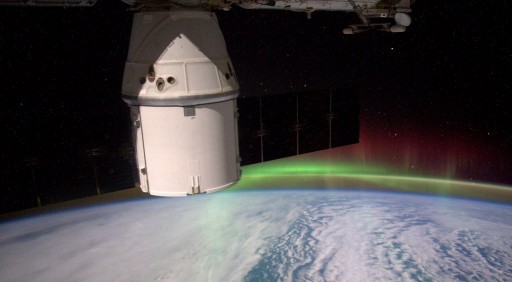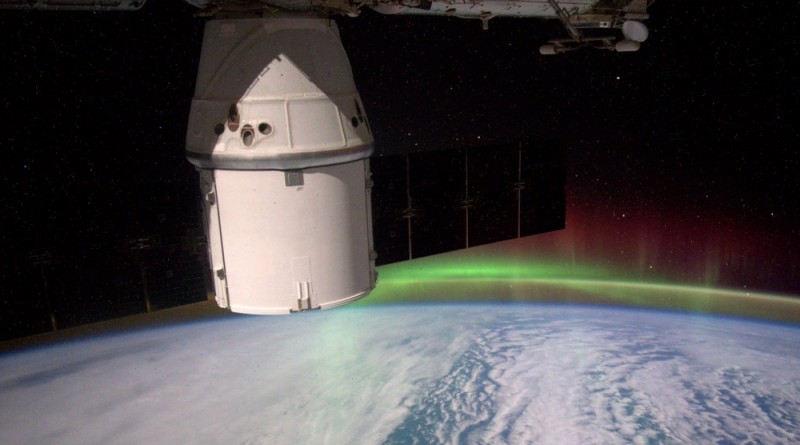ISS Operations Update – April 28, 2016

Experiments:
Strata-1 Experiment Activation [Strata-I investigates the properties and behavior of regolith, the impact-shattered soil found on asteroids, comets, the Moon and other airless bodies. Regolith is different from soil on Earth in that it contains no living material. The behavior of regolith in microgravity is virtually unknown and has obvious implications when attempting to anchor a spacecraft in regolith. Strata-1 also studies how regolith interacts with spacecraft and spacesuit material and whether it is possible to process large volumes of regolith.]
Fluid Shifts – Baseline Imaging [Fluid Shifts Before, During and After Prolonged Space Flight and Their Association with Intracranial Pressure and Visual Impairment. Known as the Fluids Shift study, this experiment is one of the most complex integrated experiments ever performed on ISS using pieces of US and Russian hardware to attempt to quantify the amount of fluid shifting from the lower body to the upper body when transitioning from a gravity to a microgravity environment. This will also lead to an understanding of effects of the fluid shift on fluid pressure in the head, changes to vision and eye structure. Effects on the eye caused by elevated intracranial pressure include globe flattening, choroidal folds, and alteration of the optic nerve.]
ENERGY Diet Logging [Energy = Astronaut’s Energy Requirements for Long-Term Space Flight – Human Research Payload. ENERGY measures changes in energy balance during long term space flight, adaptations in the components of the Total Energy Expenditure and it will derive an equation for the energy requirements of astronauts. For the crew members, ENERGY includes a special diet, urine sampling, oxygen uptake measurements and diet logging.]
Fine Motor Skills [Fine Motor Skills uses a tablet touchscreen application to monitor degradation in fine motor abilities over the course of an extended exposure to microgravity. A drop in fine motor skills can lead to problems when crew members are tasked with medical treatment, repairing sensitive equipment and interacting with touch-based equipment. Tests utilized by this study include multidirectional pointing, dragging, shape tracing, and object manipulation to create a knowledgebase that will allow scientists to evaluate the risk of fine motor performance decrements due to long-duration exposure to microgravity.]
Cell Mechanosensing 3 – Experiment Closeout. [The Cell Mechanosensing study aims to identify mechanisms of gravity sensing on a cellular level using skeletal muscle cells in order to help the development of countermeasures to muscle atrophy.]
CORRECTSIYA. Blood Collection
Otklik Experiment Hardware Check [Otklik uses several piezoelectric sensors to track the impacts of small particles and debris on the exterior of the International Space Station to monitor the abundance of debris events and a series of other characteristics. These measurements provide valuable data for the construction of future spacecraft]
Other Activities:
Human Research Facility (HRF) Resupply:
Nominal Inspections/Servicing Tasks (Morning Inspection, Caution & Warning Panel Check, Sozh System Maintenance) (Russian Crew)
Dragon SpX-8 Cargo Operations
Medical Kit Audit
Vacuum cleaning ventilation grille on FGB interior panels

